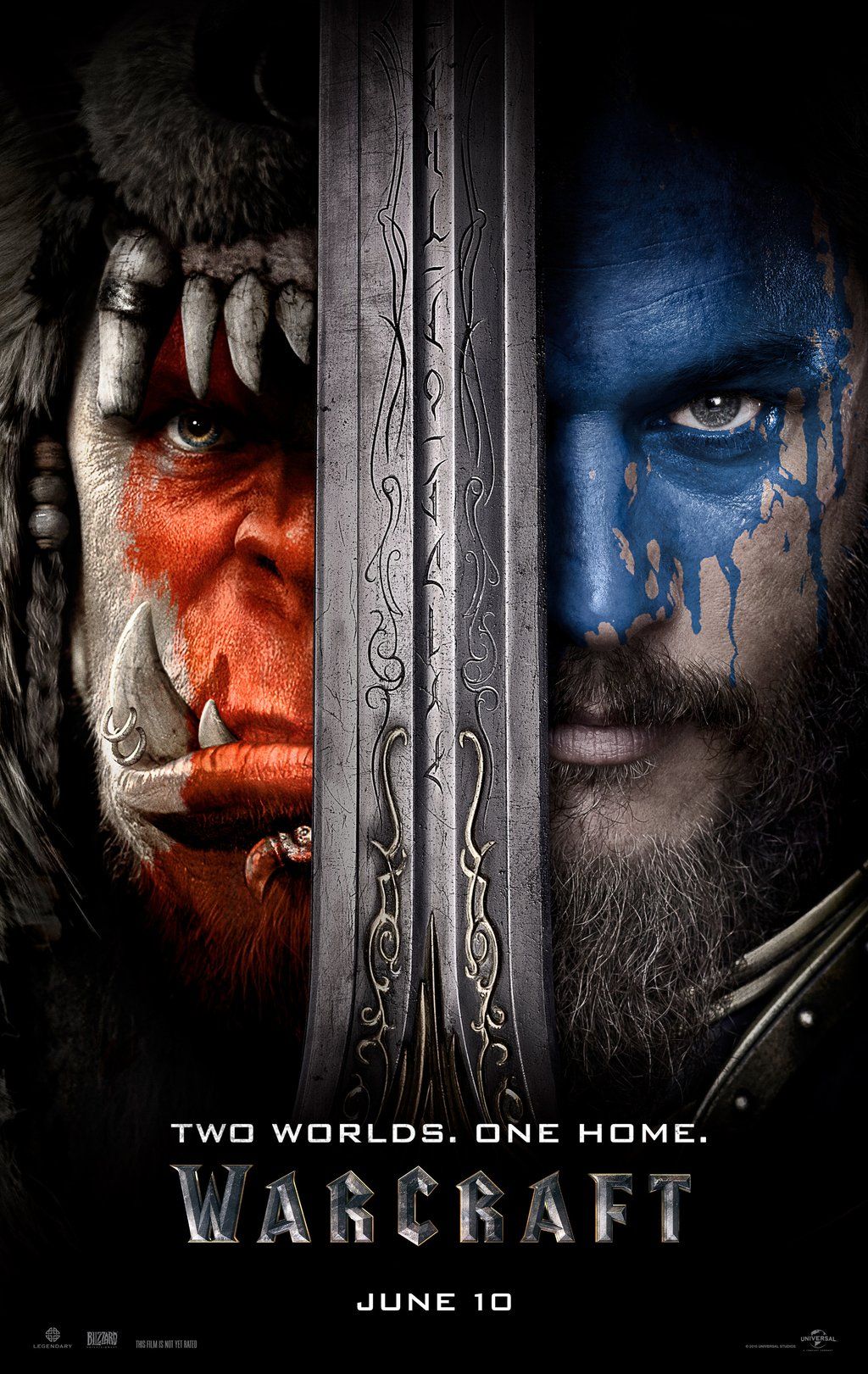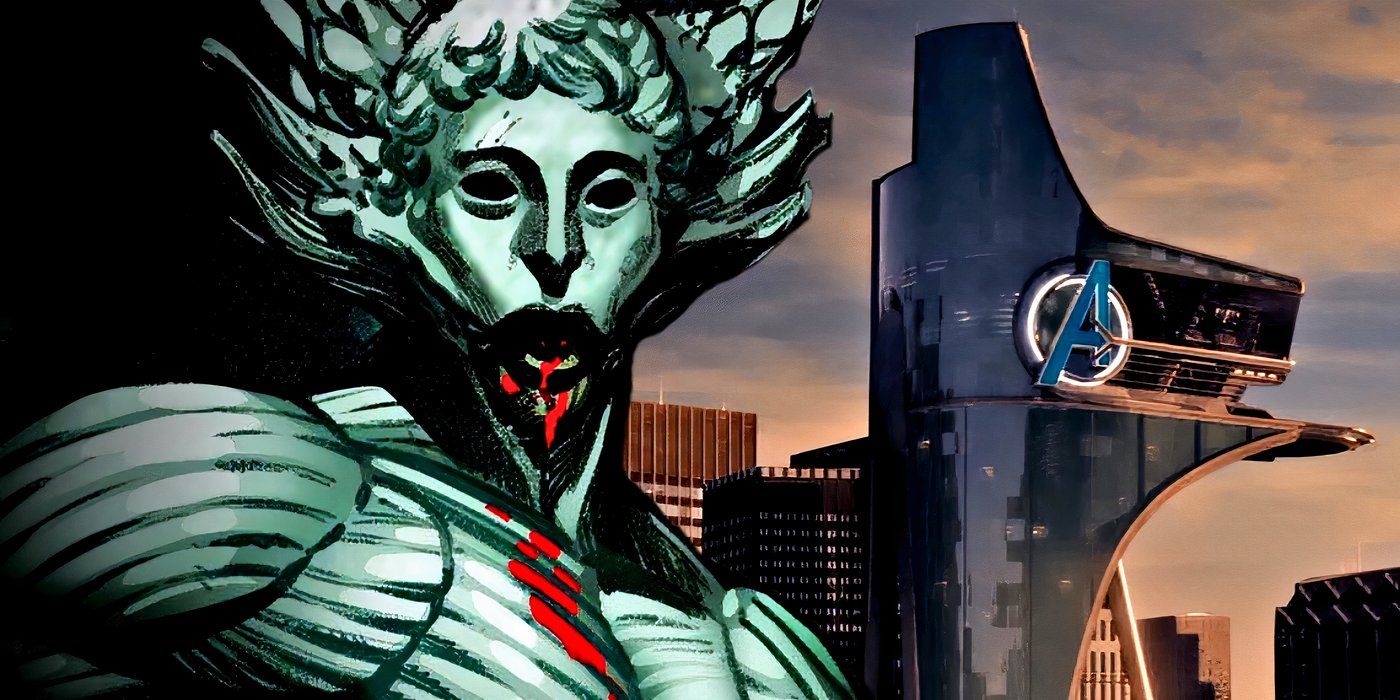The Mysteries is a book that dares you to unravel it. Developed via a years-long collaboration between caricaturist John Kascht and Calvin and Hobbes creator Bill Watterson, both the words and images are evocative, but leave much to the imagination. The graphic novel is 72 pages long, but only about 350 words, demanding the reader fill in any gaps they find themselves.
Billed as a dark fable for adults, The Mysteries tells the story of an old kingdom, fearful of the creatures they call Mysteries that live in the dark. The king sends out his knights to capture a Mystery, believing that actually seeing one will make it less fearsome.
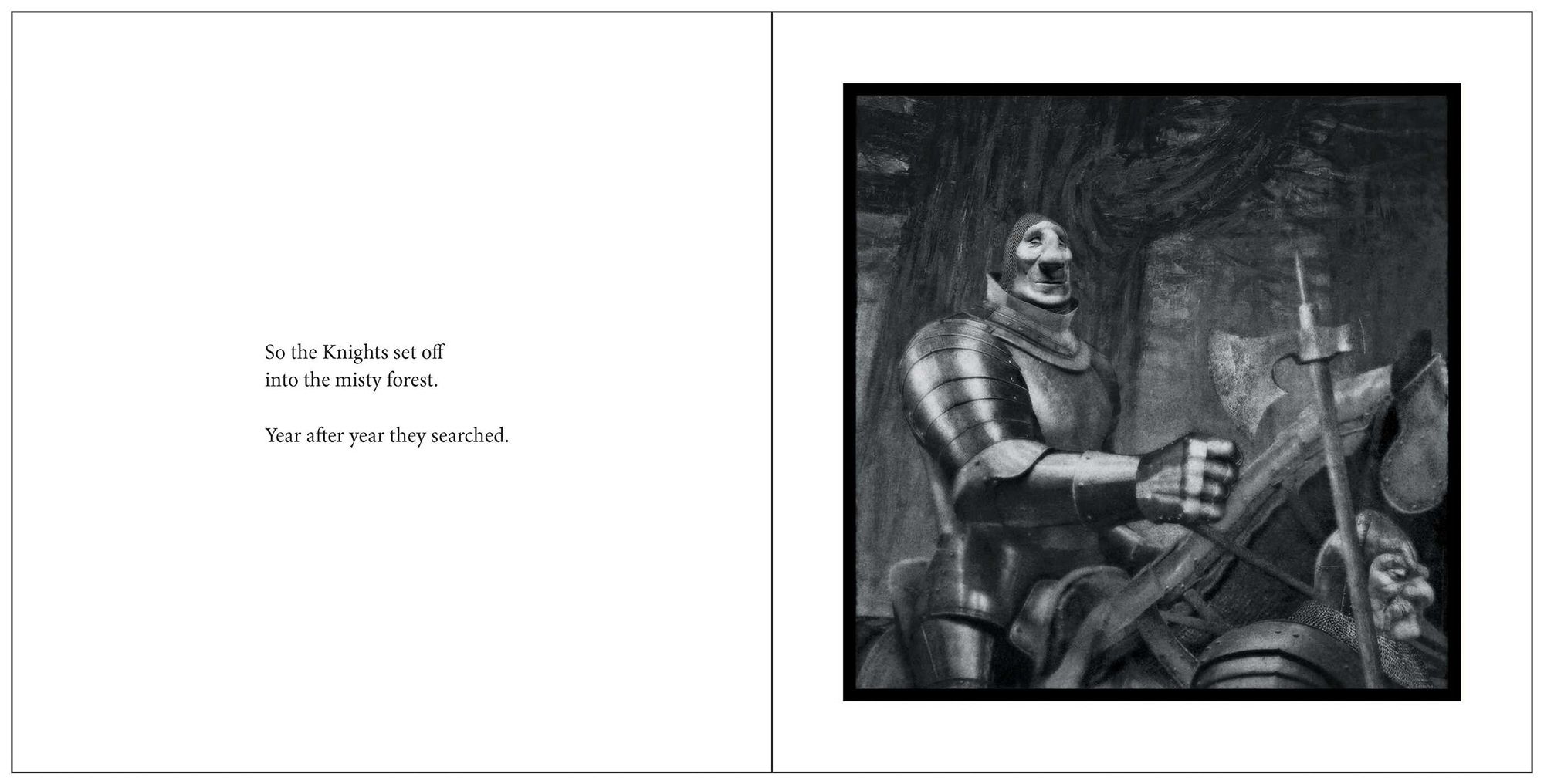
The plan works too well – the people are so underwhelmed by a real Mystery that it changes their entire way of life, to dire consequences.
Bill Watterson Wanted to Challenge Himself with His New Work
Andrews McMeel Publishing released a very rare interview with Watterson, where he says he wanted to give himself a challenge to create art in a different style than his usual cartooning. He wrote the story of The Mysteries to give him prompts for what these pictures would look like. He then threw it in a drawer and didn’t get around to it until talking with renowned caricaturist Kascht, who loved the idea of working in a different style and medium. The two agreed to an equal partnership, each having veto power over anything of the other’s.
Though both men wanted to stretch themselves, Watterson was used to working quickly, acting on impulse, and changing things frequently. Kascht was more methodical, breaking images down to shapes, drafting lifelike pictures, and building intricate sculptures. By the end of the first year, they had nothing they both agreed on, and nothing to show for their work. Their breakthrough came when they paired their work together. Kascht’s delicate sculptures and drawings, next to Watterson’s more impressionist style, created the strange look they had wanted but couldn’t express. By the artists’ own admission, there’s not much of a narrative or structure in the graphic novel. Watterson purposely wrote the story to be somewhat vague so he’d be inspired to create the art. Once Kascht signed on, they agreed they didn’t want literal illustrations of the words, and instead to convey – to borrow a term – a vibe.
The Mysteries Upends Both Artists’ Styles
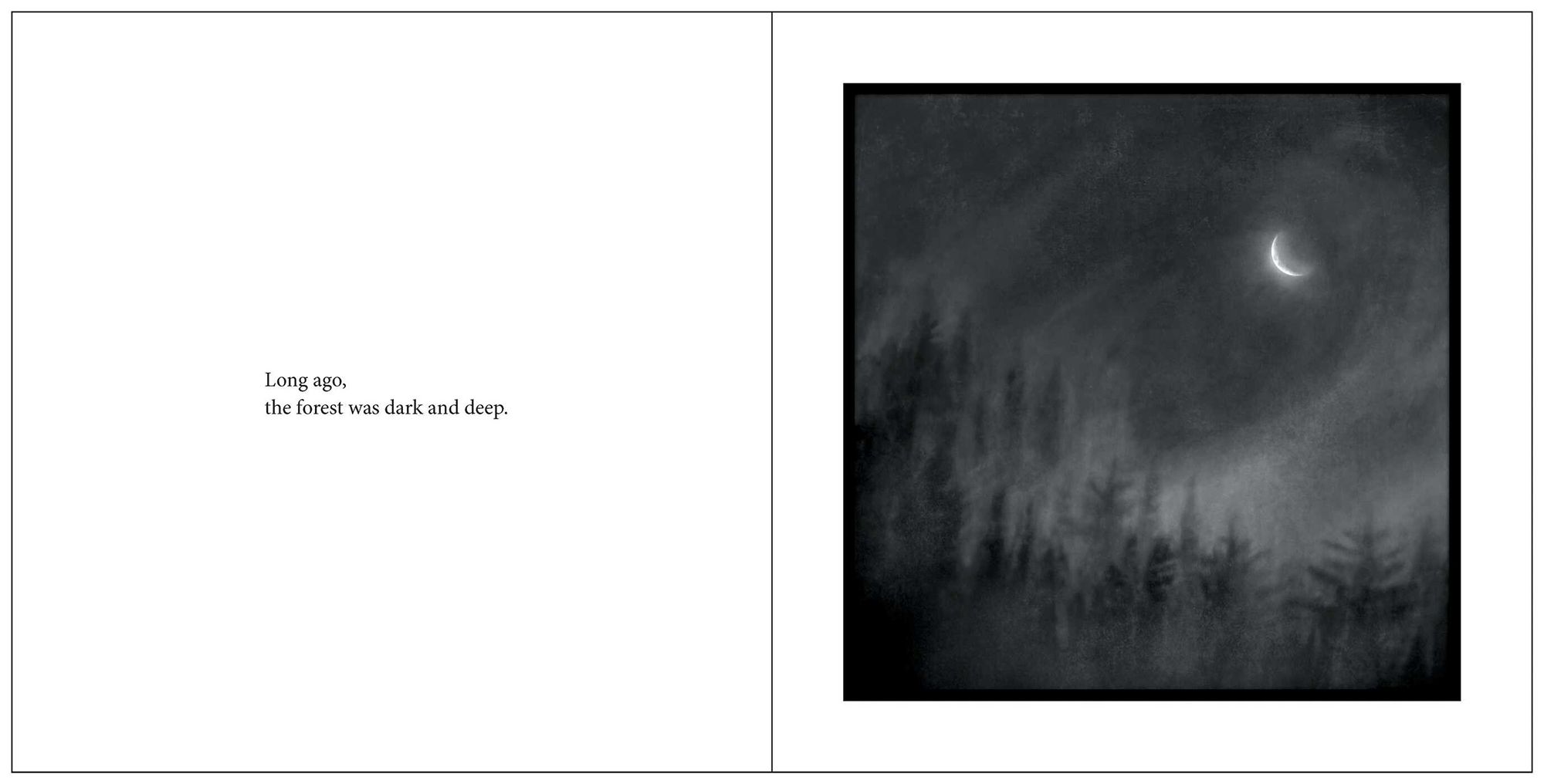
The images give a sense of unease to the reader, at once feeling three-dimensional and real, yet flat. The back cover image features a gargoyle that feels solid and stone (from Kascht) fiercely watching over a town where the buildings point in all angles, rooftops smudging into each other as cloud cover cuts through a church tower (Watterson’s). The faces of kings and villagers are lumpy little heads that are simultaneously human and cartoonish. Figures’ hands look so realistic as to suggest that the artists used photographs of their own, holding props and posing; characters may still have a thumbprint left in the clay on their face, and their hands contain that very thumb. The layering creates a forced perspective, with Kascht’s work giving infinite detail and Watterson’s making the background feel purposely hidden, as if the Mysteries that the characters in the foreground fear are right behind them in the trees.
A Controversial Reception From Calvin & Hobbes Fans
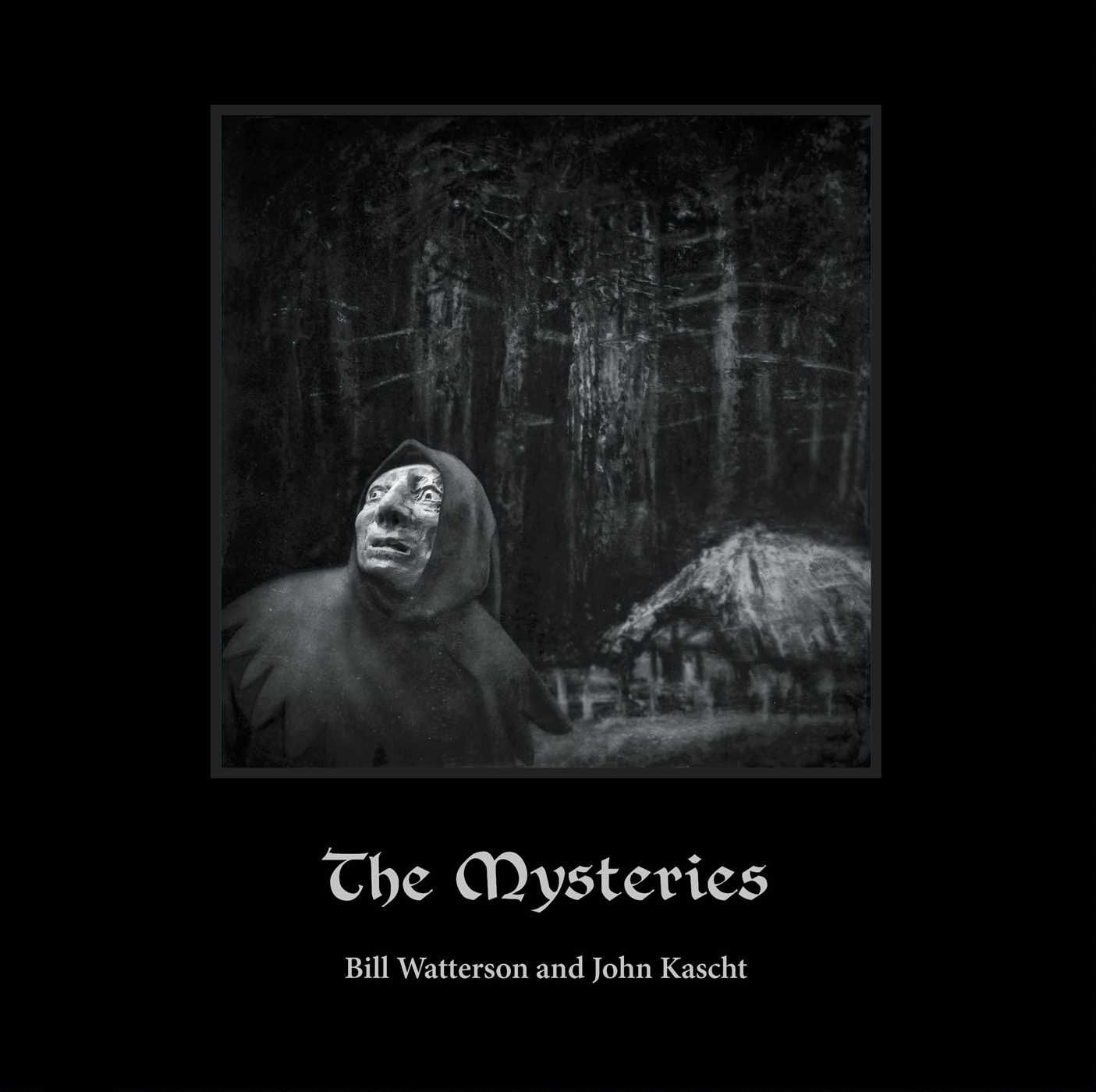
The short, mysterious book has received mixed reception from fans, many of whom were originally excited to see Watterson’s first new work in years. Reviews on Amazon and Goodreads currently hover around 3.5 stars, and fan expectations play into a lot of both the high and low reviews. Many are disappointed that the book is so vague that they can’t see what it’s “about.” Is it about climate change? Evidence is there. Is it about humanity’s need for imagination and story-telling? There are signs of those themes here, too. Maybe The Mysteries is about, as shown by reactions to it, a human need to define and categorize everything into very simple boxes, from nature to science to media. Perhaps it’s just about a beautiful collaboration between two premier artists that created something new in the world.
Readings on The Mysteries are sure to continue, and it may prove to be a cult hit years from now. Rather than opening this book and hoping for more Calvin and Hobbes – or even the opposite of Calvin and Hobbes – curl up and read it with a warm cup of tea and a bedside light. Look over the images and try to figure out what medium each part comes from and how they were pieced together. For now, think of The Mysteries as a one-of-a-kind experience from Bill Watterson and John Kascht that you can pick off of your shelf whenever in need of wonder and mystery.


